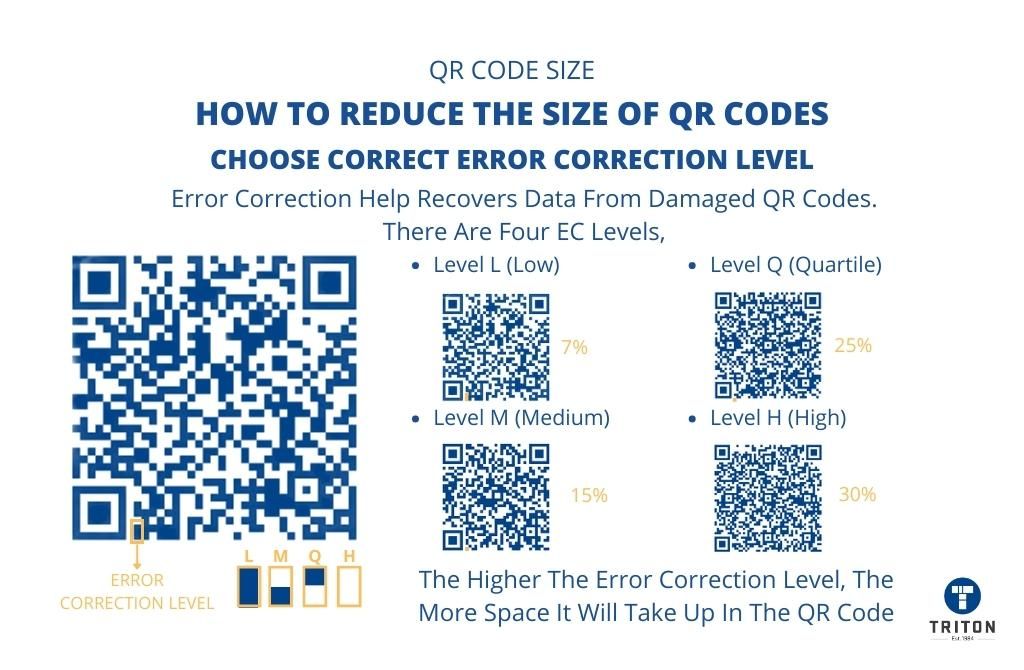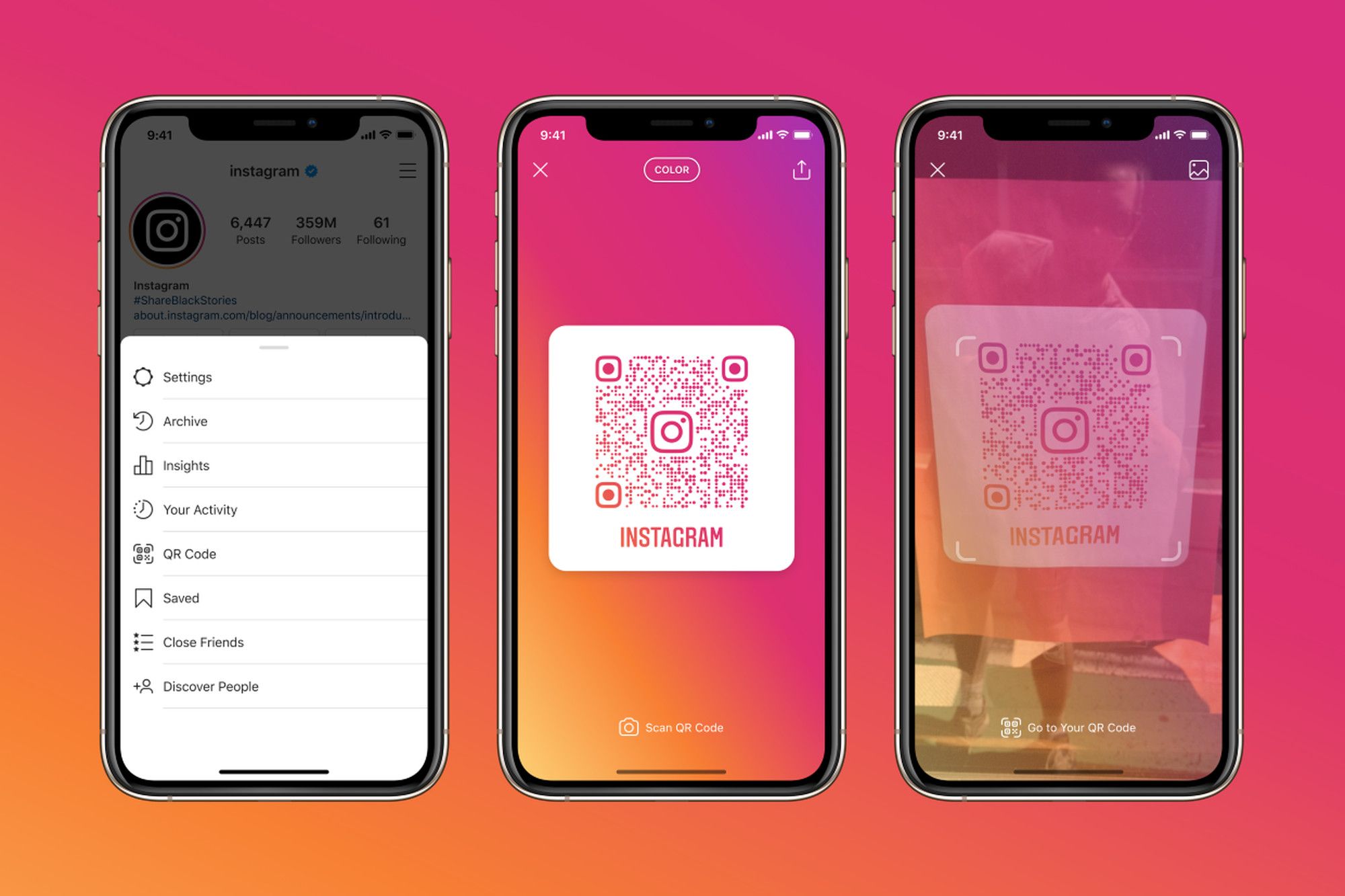In today's digital age, QR codes have become ubiquitous, seamlessly connecting our physical and online experiences. These compact, square-shaped matrices serve as powerful information translators, appearing on everything from restaurant menus to payment systems and transportation tickets. But just how vast are the possibilities within these unassuming patterns? This article delves into the mathematical enormity behind QR code combinations, showcasing their near-infinite potential and exploring their functionality, applications, and future prospects.
How Many Combinations Are Possible?
Calculating the exact number of possible combinations for QR codes is complex due to the variables involved (version, mode, error correction level). However, if we consider just the data capacity in a simple form, the number of combinations becomes astronomical even for small datasets.
- Phone Number QR Code
- URL QR Code
- Wi-Fi Network QR Code
- SMS QR Code
- Email QR Code
- VCard (Contact Information) QR Code
- Event (vCalendar) QR Code
- Location (Geolocation) QR Code
- Cryptocurrency Address QR Code
- Social Media Profile QR Code
Examples
- Numeric Only QR Code: A QR code containing a numeric sequence like
1234567890. - Alphanumeric QR Code: A QR code storing an alphanumeric string like
HELLO WORLD. - Byte/Binary QR Code: A QR code containing binary data, such as a small image or file snippet.
- Kanji QR Code: A QR code designed to store Japanese characters efficiently.
A QR (Quick Response) code is a two-dimensional barcode that can store information. The amount of data a QR code can hold depends on the version (size) of the QR code and the mode (numeric, alphanumeric, byte/binary, or kanji) used for encoding the data. QR codes follow a standard set of specifications that allow for various combinations and sizes.
QR Code Versions and Capacity
QR codes come in versions 1 through 40, with sizes ranging from 21x21 to 177x177 modules. The data capacity depends on the version, data type, and error correction level:
- Numeric: Up to 7,089 characters
- Alphanumeric: Up to 4,296 characters
- Byte/Binary: Up to 2,953 bytes
- Kanji/Kana: Up to 1,817 characters
Data Capacity
The maximum data capacity of a QR code depends on the data type and the error correction level (L, M, Q, H) used:
- Numeric only: Up to 7,089 characters
- Alphanumeric: Up to 4,296 characters
- Byte/Binary (ISO 8859-1): Up to 2,953 bytes
- Kanji/Kana: Up to 1,817 characters
The Mathematics of QR Code Combinations
Vast Possibilities
The number of possible QR code combinations is staggeringly large. For a Version 40 QR code storing numeric data, there are 10^7089 potential combinations – a number that far exceeds the grains of sand on Earth.
Factors Affecting Combinations
- Error Correction Level: Different levels (L, M, Q, H) affect data capacity and combination possibilities.
- QR Code Version: Larger versions offer more modules and thus more combinations.
- Data Type: Numeric, alphanumeric, byte/binary, and Kanji data types each have different encoding efficiencies.
In today's digital-driven world, QR codes are nearly ubiquitous. These compact, square-shaped matrices have emerged as powerful translators of information, extending from the realms of restaurant menus, payment gateways, transportation tickets and more.
Importance and the growing use of QR codes in various sectors
The immense significance lies in their power to effectively bridge offline and online ecosystems. QR codes have become instrumental across retail, marketing, logistic sectors, and even in communication and document verification arenas. Their simplicity, combined with incredible versatility, makes them an undeniable asset in the digital age.
| Sector | Importance of QR Codes | Growing Use |
|---|---|---|
| Retail | Facilitates seamless product information access | Integration for contactless payments and loyalty programs |
| Marketing | Enhanced consumer engagement through interactive content | Integration with advertisements for instant access |
| Logistics | Streamlines inventory management and tracking | Integration with shipping labels for real-time updates |
| Communication | Quick access to websites, contact details, and promotions | Integration with business cards and digital networking |
| Document Verification | Provides secure authentication and verification | Integration with tickets, boarding passes, and IDs |
Understanding QR Codes
What is a QR Code?
A QR code, or Quick Response Code, is a two-dimensional barcode capable of holding expanded volumes of data.
Functionality
- Enhanced Storage: QR codes can store more information compared to traditional barcodes.
- Ease of Scanning: Thanks to smartphones, QR codes can be easily scanned, making them widely applicable.
Comparison: QR Code vs. Traditional Barcode
| Feature | QR Code | Traditional Barcode |
|---|---|---|
| Data Capacity | Higher | Lower |
| Format | Two-dimensional | One-dimensional |
| Scanning | Requires a smartphone | Requires specialized scanner |
| Application Range | Widely applicable due to smartphone use | Limited to specific systems/devices |
Applications
- Marketing: QR codes are used in advertising campaigns for easy access to additional information or promotional offers.
- Retail: In retail, QR codes facilitate quick product information retrieval or payment.
- Ticketing: Airlines, events, and transport services use QR codes for ticketing and boarding passes.
- Healthcare: Used for patient identification, medical record access, and medication tracking.
QR codes have become ubiquitous in various industries due to their enhanced storage capacity and ease of use, revolutionizing data access and interaction.
Types of QR codes and the role of each type
QR codes come in two distinctive types—Static and Dynamic. A static QR code contains fixed data. Once generated, its content can't be altered. On the contrary, Dynamic QR codes store a URL leading to the coded information, facilitating data modification without having to change the physical code—a significant advantage when dealing with fluid information.
Quick Overview: Generating QR Codes
You can generate qr code easily with qrcode.co.uk
Data Input and Encoding:
- Input the data to be encoded into the QR code.
- Encode the data into a binary sequence of 1s and 0s.
Binary Sequence Transformation:
- Represent the binary sequence as a grid of black and white square modules.
- Determine the pattern of squares that encode the data.
Error Correction:
- Add error correction information to ensure data integrity.
- Enable the QR code to remain functional even if partially obscured or damaged.
Generating QR Pattern:
- Use the encoded binary sequence and error correction information.
- Generate the QR Pattern with a specific arrangement of black and white squares.
QR Code Capacity
Explanation of capacity per dimension

| QR Code Version | Grid Size | Maximum Data Capacity |
|---|---|---|
| Version 1 | 21x21 modules | Varies |
| Version 40 | 177x177 modules | 7089 numeric characters or 2953 bytes of binary |
- Definition of QR Code Capacity: The capacity of a QR code heavily depends on its version or size.
- QR Code Versions: QR codes range from Version 1 to Version 40, with varying grid sizes.
- Increasing Data Capacity: Each subsequent version of the QR code can hold more data due to the larger grid size.
- Example: Version 40 Capacity: Version 40 of the QR code can store up to 7089 numeric characters or 2953 bytes of binary data.
Role of Error Correction Levels (ECL) in QR codes capacity
Role of Error Correction:
- Error correction is essential for maintaining functionality even if a QR code is distorted or damaged.
- It ensures that the encoded data can be recovered accurately, even in less-than-ideal scanning conditions.
Error Correction Level (ECL):
- QR codes employ different error correction levels, denoted as Low, Medium, Quartile, and High.
- Each level offers a varying degree of redundancy data to facilitate error recovery.
Impact on Capacity:
- The choice of error correction level directly affects the QR code's capacity.
- Higher error correction levels require more redundancy data, thus reducing the overall storage capacity of the QR code.
Capacity Adjustment:
- QR code capacity adjusts based on the selected error correction level.
- Lower error correction levels provide higher data capacity but offer less robust error recovery, while higher levels sacrifice some capacity for improved error correction.
Example:
- Low ECL: 7% of the QR code can be restored.
- Medium ECL: 15% restoration capability.
- Quartile ECL: 25% restoration.
- High ECL: 30% restoration.
Conclusion:Error correction levels in QR codes determine the trade-off between data capacity and error recovery capability. By selecting an appropriate ECL, users can tailor QR codes to suit their specific needs for data storage and reliability.
Illustrate the capacity using infographics

QR Code Combinations: The Mathematics
Understanding QR Code Combination Possibilities
Vastness of QR Code Combinations:
- The number of possible QR code combinations is incredibly vast, almost unimaginable.
- To illustrate, computations suggest that the number of potential QR codes exceeds the number of grains of sand on Earth, multiple times over.
Mathematical Explanation:
- For a single Version 40 QR code capable of storing up to 7089 numeric digits, the number of combinations at a superficial level would be 107089107089 (10 to the power of 7089), considering only numeric data.
Factors Affecting Combinations:
- Error Correction Level (ECL): Different ECLs affect the number of possible combinations.
- QR Code Versions: Each QR code version offers a different number of modules, influencing combination possibilities.
- Encoded Data Types: Various types of data (numeric, alphanumeric, binary, or Kanji) affect the potential combinations.
Explore the Use Cases: The Infinite Realm of QR Codes
Real life examples of diverse QR code applications
Spanning from traditional URL redirection to the futuristic autonomous drone navigation, the practically infinite realms of QR code applications are yet to be fully explored. Take for example, event tickets, loyalty cards, WiFi logins, email accounts, geolocation—each can be seamlessly encoded in QR codes.
Discuss why the virtually limitless combinations of QR codes are necessary
The ocean of combinations underscores the malleability and versatility of QR codes, which have found applications across sectors and purposes. More combinations mean that QR codes can be tailored to the unique needs and requirements of each use case.
Instagram, Snapchat, and other apps and their creative use of QR codes

Instagram and Snapchat have revolutionized the use of QR code by embedding them in user profiles for easy sharing and adding. 'Nametags' and 'Snapcodes' are designed to ease out connecting process among users, an ingenious utilization of the QR code technology.
The Future of QR Codes
Current trends in QR code technology
Dynamic Nature:
- QR code technology, like any other, is subject to evolution and change.
- Current trends indicate a significant shift in how QR codes are utilized.
Emerging Trends:
- Enhanced Functionality: QR codes are evolving beyond basic information storage to offer enhanced functionality such as secure payments, authentication, and augmented reality experiences.
- Integration with IoT: QR codes are increasingly integrated with Internet of Things (IoT) devices, enabling seamless interaction and data exchange.
- Contactless Solutions: Amidst the COVID-19 pandemic, QR codes have gained popularity for contactless transactions, menu access, and health check-ins.
Paving the Way for Future Sophistication:
- The current trends in QR code usage indicate a trajectory towards future sophistication.
- Continued innovation and adoption of QR code technology are likely to lead to even more advanced applications and functionalities.
Future trends and potential for advancements
With the industry rapidly embracing AI and AR advancements, the dawn of 'Intelligent' and 'Augmented Reality' QR codes seems closer than ever. These would allow for greater interactivity, user engagement and data capability.
The impact of having virtually infinite QR code combinations for future innovations
As we move towards future innovations, the limitless combinations of QR codes could likely become the cornerstone for development. With each unique combination, there lies untapped potential ready for exploration.
Conclusion
Recap of blog key points
The possibilities of QR codes, while not entirely infinite, are incredibly vast. As we explored the creation, computation, and capacity of QR codes, we understand how these fascinating little square patterns echo infinite potential.
As digital transformation accelerates, the importance of these small square patterns will increasingly magnify. Undoubtedly, QR codes have become the keys to unlocking an unprecedented digital world, a world limited only by our own imagination.

